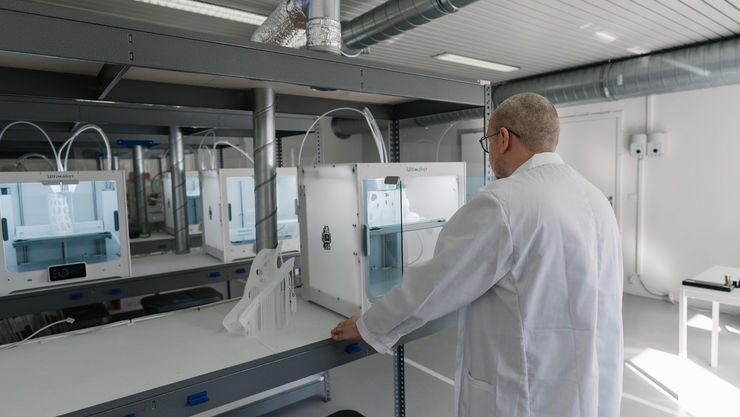Foot orthoses and posterior tibial tendon dysfunction

Orthotic treatment for stage I and II posterior tibial tendon dysfunction (flat foot): A systematic review
Isabel Gómez-Jurado, José María Juárez-Jiménez and Pedro V Munuera-Martínez
In August 2020 Gómez-Jurado et al published the systematic review of orthotic treatment for stage I and II posterior tibial tendon dysfunction (flat foot). The paper only included RCT’s with initial onset of PTTD and where treatment was with orthoses. 4 papers were selected, comprising of 186 patients.
The four papers included in the study are;
1. Yurt Y, Şener G and Yakut Y. The effect of different foot orthoses on pain and health related quality of life in painful flexible flat foot: a randomized controlled trial. Eur J Phys Rehabil Med 2019; 55(1): 95–102.
2. Houck J, Neville C, Tome J, et al. Randomized controlled trial comparing orthosis augmented by either stretching or 168 Clinical Rehabilitation 35(2) stretching and strengthening for stage II tibialis posterior tendon dysfunction. Foot Ankle Int 2015; 36(9): 1006–1016.
3. Kulig K, Reischl SF, Pomrantz AB, et al. Nonsurgical management of posterior tibial tendon dysfunction with orthoses and resistive exercise: a randomized controlled trial. Phys Ther 2009; 89(1): 26–37.
4. Esterman A and Pilotto L. Foot shape and its effect on functioning in Royal Australian Air Force recruits. Part 2: pilot, randomized, controlled trial of orthotics in recruits with flat feet. Mil Med 2005; 170(7): 629–633.
3 out of the 4 studies explored orthoses with and without exercises. The 4th study examined foot orthoses versus a placebo.
Yurt et al used 3 types of orthoses (custom CAD CAM, conventional and flat) and all groups carried out stretching and strengthening exercises. More improvement in symptoms was seen with the CAD CAM and conventional orthoses than the flat version. There were no significant differences between the CAD CAM and conventional orthoses.
Houck et al gave all patients an Airlift PTTD with adjustable height medial arch. One group carried out stretching exercises of the calf muscle complex while the other did tibialis posterior and calf strengthening exercises. Both groups reported a significant effect on pain and function. There were minimal differences between the outcomes of the stretching and strengthening groups.
Kulig et al gave all patients custom foot orthoses with medial longitudinal arch (MLA) support. The 1st group carried out calf muscle stretching, the 2nd group carried out stretching and concentric exercises of progressive tibialis posterior resistance and the 3rd group performed stretching and eccentric exercise of tibialis posterior with progressive resistance. All groups improved according to the Foot Function Index with the foot orthoses and eccentric exercises group improving more. All groups showed similar improvement after the 5 min walk test with Visual Analogic Scale (VAS).
Esterman and Pilotto compared foot orthoses versus placebo (no exercise plans). Foot orthoses outcomes showed reduced pain and injuries and better quality of life. Low compliance to treatment meant that the numbers involved were not enough for a significant outcome.
The studies included did not describe the specific details of the orthoses or their adaptations and what footwear advice was given.
What’s great is knowing that foot orthoses in conjunction with exercise programmes appear to be having a positive effect in reducing pain for early PTTD. Also designing an orthosis with MLA definition has shown to be more effective in reducing symptoms than an orthosis without. Furthermore, custom designed foot orthoses appear to have a greater benefit than off the shelf versions.